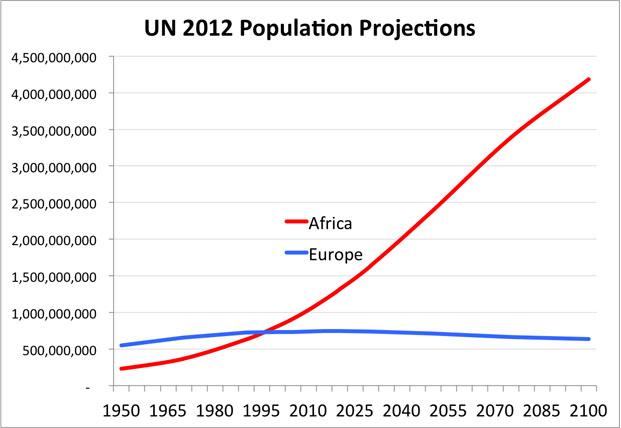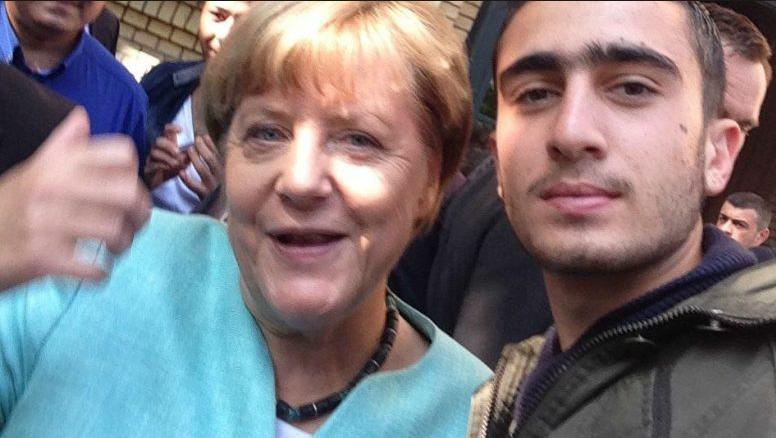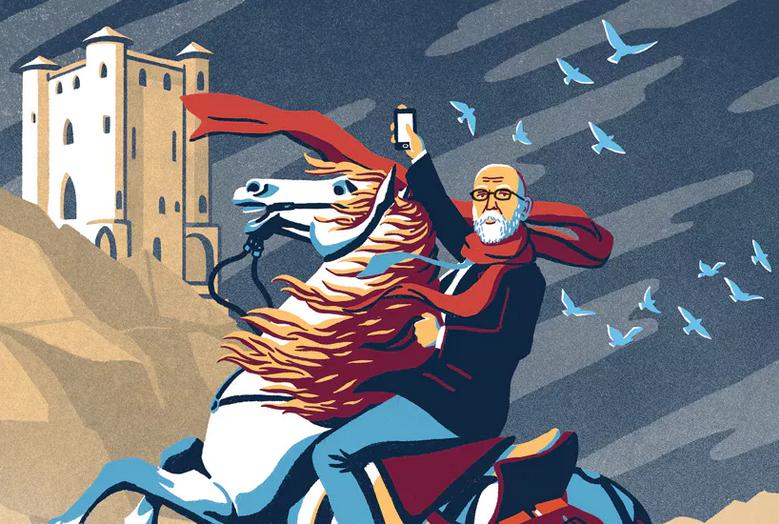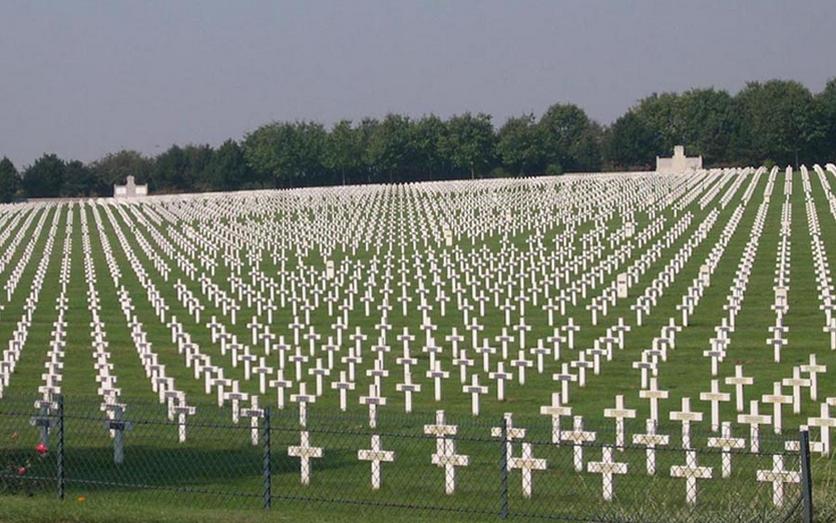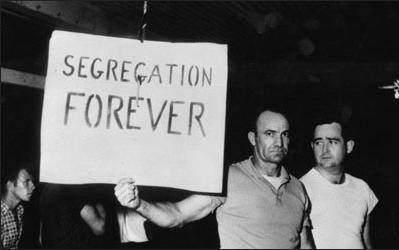Brenton Tarrant’s ‘The Great Replacement of Whites’ reacts to the Third World invasion of White Civilization
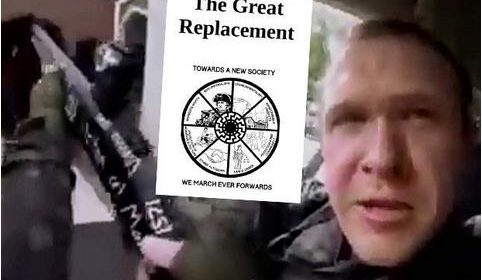
Contemporary Knight Templar Brenton Tarrant is accused of the largest massacre in New Zealand history, a terror attack against 100 anti-Christ foreign incompatibles. It started shortly after 1pm local time on Friday in Christchurch when he stormed a mosque and started shooting.
Tarrant surrendered calmly to police within thirty-six minutes because he maintained noble discipline not to attack native Whites doing their job.
 The 28-year-old from the predominantly White Australian countryside and seaside town of Grafton in New South Wales, moved to Dunedin on the South Island about three years ago. Grafton is a bastion for White Australians renowned for its beautiful purple-flowering jacaranda trees and annual Jacaranda Festival showcasing the town’s Australian culture and community.
The 28-year-old from the predominantly White Australian countryside and seaside town of Grafton in New South Wales, moved to Dunedin on the South Island about three years ago. Grafton is a bastion for White Australians renowned for its beautiful purple-flowering jacaranda trees and annual Jacaranda Festival showcasing the town’s Australian culture and community.
White knight Sir Tarrant has explained his counterattack against Muslim invaders in his ‘manifesto’ The Great Replacement. The 74-page raison d’être for his actios would seem to be inspired by the socio-political theory advocated and popularized by White French patriot and socio-political intellect Renaud Camus (1946-).
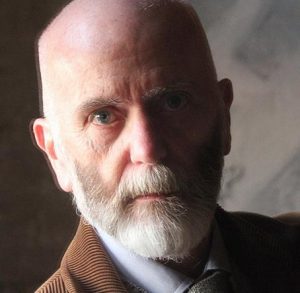 Renaud Camus currently aged 72, in his own manifesto by the same title in French published in 2011, posited that the white Catholic French population, and white Christian European population at large, is being systematically replaced with non-European people, specifically Arab/Berber Middle Eastern, North African and Sub-Saharan African populations, through mass migration and demographic growth.
Renaud Camus currently aged 72, in his own manifesto by the same title in French published in 2011, posited that the white Catholic French population, and white Christian European population at large, is being systematically replaced with non-European people, specifically Arab/Berber Middle Eastern, North African and Sub-Saharan African populations, through mass migration and demographic growth.
Camus’s ‘Le Grand Remplacement (Great Replacement) observation identifies that ethnic French are being demographically excluded by non-European peoples, mainly from the Maghreb countries (Northwest Africa) and Sub-Saharan Africa, following a process of immigration of “settlement” with the blessing of a substitute power.
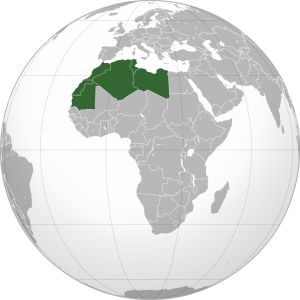 Camus attrubutes the unarmed Muslim invasion of France with potential danger and destruction of French culture and civilization. Camus apportions blame to globalists and the neo-liberal elite, especially the EU boffins in Brussels and the European Union.
Camus attrubutes the unarmed Muslim invasion of France with potential danger and destruction of French culture and civilization. Camus apportions blame to globalists and the neo-liberal elite, especially the EU boffins in Brussels and the European Union.
Überbreeding Third Worlders
Renaud Camus analyses and predicts that that with the help of immigration and fertility differentials “immigrants or administrative French nationals of immigrant origin” (Arab-African Third Worlders) are set to become a majority on constantly expanding portions of the French metropolitan territory, and that this process must lead to a substitution of population at the end of which France will cease to be an essentially European nation.
Camus’ ‘The Great Replacement’ is a phenomenon of mass influx of uberbreeding Third Worlders replacing French in France, declaring:
“A people was there, stable, occupying the same territory for fifteen or twenty centuries. And suddenly, very quickly, in one or two generations, one or more other peoples take their place. He is replaced, he is no longer him. The proportion of natives is still quite high among the oldest people, but it is shrinking dramatically as we move down the age scale. Tendentially, infants are Arab or black, and willingly Muslim.”
Camus has stated that “the great replacement is very simple. You have one people, and in the space of a generation you have a different people”.
Camus has argued and warned that European culture, civilization and identity are in danger of being overrun by mass migration, especially Islamic, and hence physically replaced. In France in particular, Camus has observed the steady replacement of ethnic French people with immigrants from the Middle East and North Africa.
Merkel’s Islamomania
This is re-confirmed by Tarrant, since Tarrant spent time in France after communist Angela Merkel’s EU-sanctioned European mass invasion by 6 million Third Worlders (2010-2015). The witch is the anti-Hitler.
The Great Deculturation
The term “The Great Replacement” is strongly associated with the Soviet strategy of population replacement that was in effect from 1920-1980.
Camus’ Great Replacement Theory posits that “ethnic French” are demographically excluded and increasingly outnumbered by the invading sandnigger types from the north African Maghreb. The invaders become the majority leading to a substitution of population at the end of which France will cease to be an essentially European nation, but a beachhead of Africa.
“A people was there, stable, occupying the same territory for fifteen or twenty centuries. And suddenly, very quickly, in one or two generations, one or more other peoples take their place. He is replaced, he is no longer him. The proportion of natives is still quite high among the oldest, but it is shrinking dramatically as we move down the age scale. Tendentially, infants are Arab or black, and willingly Muslim.”
It is the elite ruling class (EU) deliberately changing the make up of the native people within just a few decades, support in national and European immigration policies. The social experiment involveds a “triple movement according to which the world has at the same time industrialized, despiritualized and decentred”.
In ‘The Change of People’ (2013), Camus indicates that globalism and materialist preoccupations have shaped a “replaceable man, stripped of all national, ethnic and cultural specificity” , having no more patriotic, historical or literary references: this “Great Deculturation” would have led to a generalized “stupor” which means that no real resistance is organized against “settlement colonization” .
In 2014, Camus was fined €4,000 in Paris for referring to some Muslims as “hooligans” and that they were “the armed wing of a group intent on conquering French territory”, a case which he appealed.
Tarrant’s Grand Tour of Europe Identifies with Camus
Tarrant writes in his manifesto:
“The final push was witnessing the state of French cities and towns. For many years I had been hearing and reading of the invasion of France by non-whites, many of these rumours and stories I believed to be exaggerations, created to push a political narrative. But once I arrived in France, I found the stories to not only be true, but profoundly understated.
In every French city, in every french town the invaders were there. No matter where I travelled, no matter how small or rural the community I visited, the invaders were there.
The French people were often in a minority themselves, and the French that were in the streets were often alone, childless or of advanced age. Whilst the immigrants were young, energized and with large families and many children.
I remember pulling into a shopping centre car park to buy groceries in some moderate sized town in Eastern France, of roughly 15-25 thousand people. As I sat there in the parking lot, in my rental car, I watched a stream of the invaders walk through the shopping centre’s front doors.
For every French man or woman there was double the number of invaders. I had seen enough, and in anger, drove out of the the town, refusing to stay any longer in the cursed place and headed on to the next town.
 Driving toward the next french town on my itinerary, knowing that inevitably the invaders would also been there, I found my emotions swinging between fuming rage and suffocating despair at the indignity of the invasion of France, the pessimism of the French people, the loss of culture and identity and the farce of the political solutions offered.
Driving toward the next french town on my itinerary, knowing that inevitably the invaders would also been there, I found my emotions swinging between fuming rage and suffocating despair at the indignity of the invasion of France, the pessimism of the French people, the loss of culture and identity and the farce of the political solutions offered.
Tarrant’s Epiphany
I came upon a cemetery, one of the many mass cemeteries created to bury the French and other European soldiers lost in the Wars that crippled Europe. I had seen many pictures and heard many people discuss the cemeteries, but even knowing about these cemeteries in advance, I was still not prepared for the sight.
Simple, white, wooden crosses stretching from the fields beside the roadway, seemingly without end, into the horizon. Their number uncountable, the representation of their loss unfathomable.
I pulled my rental car over, and sat, staring at these crosses and contemplating how it was that despite these men and womens sacrifice, despite their bravery, we had still fallen so far. I broke into tears, sobbing alone in the car, staring at the crosses, at the forgotten dead.
Why were we allowing these soldiers deaths to be in vain? Why were we allowing the invaders to conquer us? Overcome us? Without a single shot fired in response?
WHY WON’T SOMEBODY DO SOMETHING?
In front of those endless crosses, in front of those dead soldiers lost in forgotten wars, my despair turned to shame,my shame to guilt,my guilt to anger and my anger to rage.
WHY WON’T SOMEBODY DO SOMETHING?
WHY WON’T SOMEBODY DO SOMETHING?
WHY DON’T I DO SOMETHING?
The spell broke, why don’t I do something? Why not me? If not me, then who? Why them when I could do it myself?
It was there I decided to do something, it was there I decided to take action, to commit to force. To commit to violence. To take the fight to the invaders myself.”
Camus’ books: https://www.amazon.com/Renaud-Camus/e/B001JP37ZU%3Fref=dbs_a_mng_rwt_scns_share



